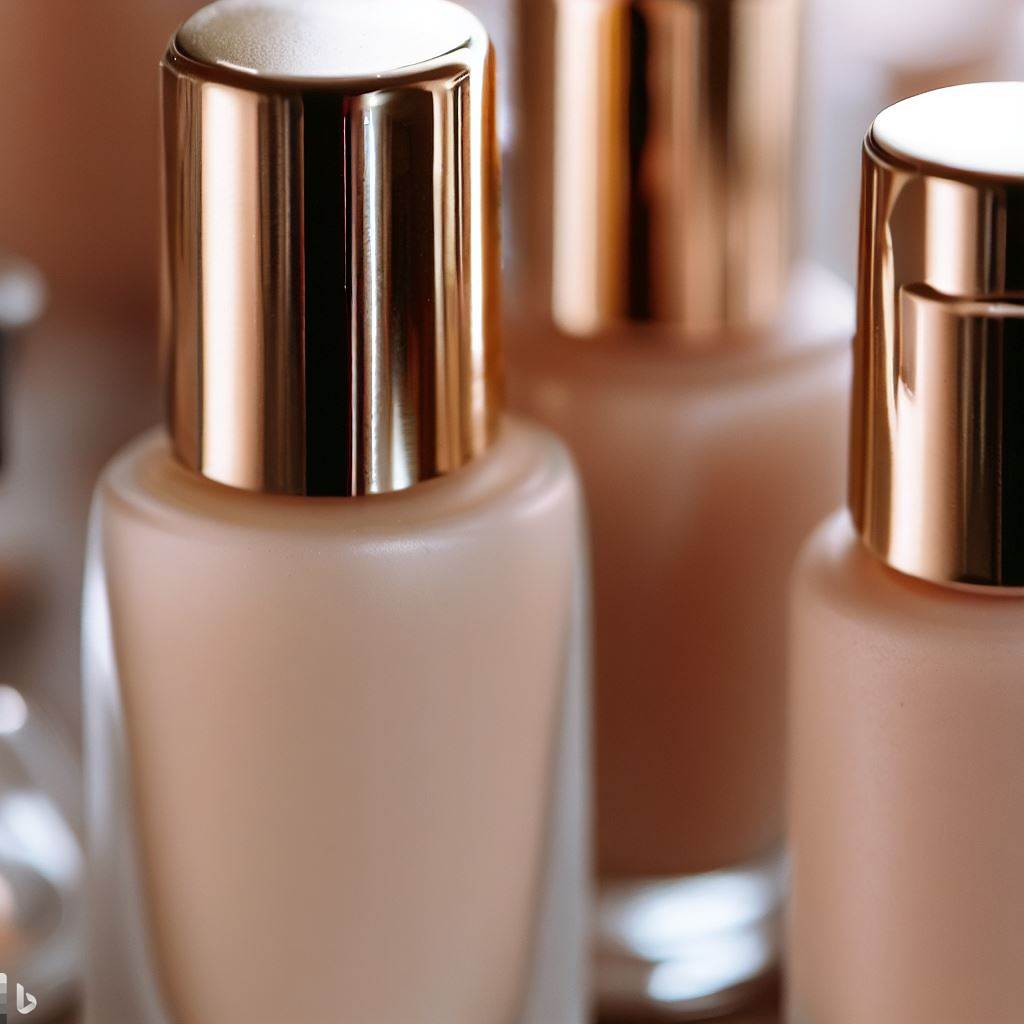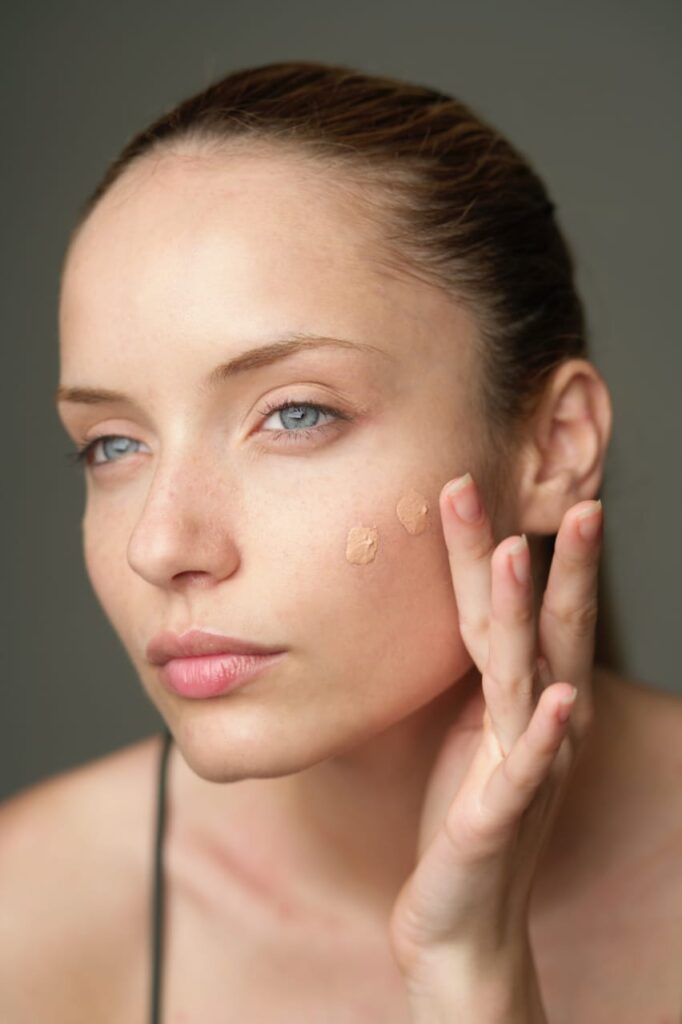The Allure of Ancient Beauty Techniques
Ancient beauty techniques have a unique charm and allure that continues to captivate us even in the modern era. Whether it’s the timeless beauty icons like Cleopatra or the reliance on nature by ancient civilizations, there is much we can learn and adopt from the past.
The timeless charm of Cleopatra’s beauty regime
Cleopatra, the last active pharaoh of ancient Egypt, is renowned not just for her leadership but also her legendary beautyhttps://about-skincare.com/2023/10/24/film-makeup-techniques/ regime. She was said to have bathed in milk to maintain her youthful skin and used natural ingredients, such as honey and aloe vera, for their healing and rejuvenating properties. Cleopatra’s beauty practices were not just about aesthetics, but also embodied a holistic approach to wellness, often merging skincare with therapeutic rituals.
How ancient civilizations prioritized natural ingredients
Long before the advent of modern-day synthetic products, ancient civilizations turned to nature for solutions to their skincare needs. Ingredients were sourced from their natural surroundings—plants, herbs, minerals, and other organic materials. This reliance on nature was rooted in a deep understanding of the earth’s bounty and a respect for the environment.
Key Ingredients Used in Cleopatra’s Beauty Rituals
Cleopatra’s beauty rituals were a testament to the power of natural ingredients. Many of these ingredients have stood the test of time, finding their way into today’s skincare products.
Milk and honey: Cleopatra’s secret to radiant skin
Milk, rich in lactic acid, acted as a gentle exfoliant, promoting cell renewal and improving skin texture. Honey, on the other hand, possesses antibacterial properties, ensuring the skin remained free from infections. Together, they provided Cleopatra with a natural moisturizing solution that left her skin glowing.
Essential oils and their significance in ancient skincare
Essential oils like lavender, frankincense, and rose were integral to Cleopatra’s skincare. Derived from plants, these oils offered therapeutic benefits ranging from anti-inflammatory properties to mood-enhancing effects. Their concentrated nature meant that only a few drops were needed to achieve the desired result, making them both effective and sustainable.
Crushed gemstones and minerals: The original highlighters
Long before the shimmering highlighters of today, ancient beauty enthusiasts used crushed gemstones and minerals to give their skin a radiant glow. Cleopatra, for instance, was known to use crushed malachite and lapis lazuli as eyeshadows, adding a touch of glamour to her iconic look.
Modern Reinventions of Ancient Beauty Practices
The beauty industry is increasingly looking back to ancient rituals, drawing inspiration and reinterpreting them for the contemporary audience.
Today’s versions of Cleopatra’s famous milk baths
Spas around the world offer luxurious milk baths reminiscent of Cleopatra’s legendary practices. These baths, often infused with modern ingredients like oatmeal or lavender, promise to nourish the skin while ensuring relaxation.
The resurgence of herbal and botanical skincare
With growing awareness about the potential harms of synthetic chemicals, there’s a renewed interest in herbal and botanical skincare. Brands are harnessing the power of plants, much like ancient civilizations, but with the added advantage of modern research to enhance efficacy.
How modern brands are drawing inspiration from the past
Modern beauty brands, in their quest to create unique and effective products, often delve into ancient beauty books. By combining the wisdom of the past with today’s science, they’re crafting solutions that are both innovative and rooted in tradition.
Modern Reinventions of Ancient Beauty Practices
In today’s beauty landscape, there’s a palpable shift towards revisiting the time-honored practices of the past. This return to ancient beauty traditions, while being a nod to their efficacy, also offers a more sustainable and holistic approach in comparison to the often chemically-laden products of the modern age.
Today’s versions of Cleopatra’s famous milk baths
Inspired by Cleopatra’s renowned milk baths, many modern-day spas and skincare brands have reinvented this luxurious ritual. Contemporary milk baths often incorporate ingredients such as oatmeal, essential oils, and even sea salts to enhance the skin-nourishing benefits. These baths are touted not just for their hydrating properties, but also for their ability to exfoliate gently, thanks to the lactic acid found in milk. For those seeking a Cleopatra-esque glow, these updated versions of the milk bath promise radiance, relaxation, and rejuvenation.
The resurgence of herbal and botanical skincare
As consumers become more educated and wary of synthetic ingredients, there’s a marked shift towards herbal and botanical skincare. This modern iteration leans heavily on age-old wisdom, with ingredients like turmeric, chamomile, and rosemary making a resurgence. Brands are not merely using these ingredients for their nostalgic appeal, but for their proven skin benefits backed by both ancient evidence and modern research. Herbal skincare often promises fewer side effects, more potent antioxidant properties, and a closer connection to nature.
How modern brands are drawing inspiration from the past
The beauty industry, in its perpetual quest for innovation, often turns to the tried and tested rituals of the past. From Cleopatra’s iconic kohl-lined eyes to the geisha’s use of rice bran, brands are continuously sifting through history to find inspiration. The modern consumer’s appreciation for stories and authenticity has led to many products that celebrate these age-old beauty secrets while infusing them with contemporary science for enhanced efficacy.
Benefits of Embracing Ancient Beauty Rituals Today
In the fast-paced world of modern skincare, with rapidly changing trends and fleeting beauty fads, ancient beauty rituals offer consistent, timeless wisdom. Embracing these age-old practices can benefit not just our skin, but our environment, health, and mental well-being.
The environmental perks of going natural and organic
Using natural and organic beauty products significantly reduces the environmental footprint. These products usually have simpler ingredient lists, which means less chemical runoff into water systems. Furthermore, brands that focus on organic ingredients often adopt sustainable farming practices, ensuring soil health and biodiversity. By choosing ancient, nature-inspired beauty rituals, consumers indirectly promote a healthier planet.
Health advantages of chemical-free beauty treatments
Modern beauty products, while effective, often contain chemicals that might pose long-term health risks. Parabens, phthalates, and synthetic fragrances, to name a few, have been under scrutiny. Turning to ancient beauty rituals, which prioritize natural ingredients, ensures that the skin absorbs fewer toxins. This holistic approach often results in fewer allergic reactions, irritations, and long-term health concerns.
The mental wellness aspect of time-tested rituals
There’s an inherent mindfulness in practicing ancient beauty rituals. Whether it’s the rhythmic massage of oils or the slow application of natural face masks, these rituals encourage a moment of pause, reflection, and connection to oneself. In today’s fast-paced world, these moments can be profoundly grounding, offering mental clarity and a sense of well-being.
DIY: Incorporating Cleopatra’s Beauty Rituals at Home
The allure of Cleopatra’s beauty practices has stood the test of time. While we may not have access to the exact resources she did, the modern world offers abundant alternatives to replicate her rituals. Here are some DIY techniques to bring a touch of Cleopatra’s luxury into your beauty regimen.
Crafting your own milk and honey facial mask
Milk and honey were staples in Cleopatra’s skincare, and for good reason. Milk, rich in lactic acid, acts as a gentle exfoliator, while honey’s antimicrobial properties keep skin fresh. Here’s how you can craft this mask:
- Mix 2 tablespoons of raw honey with 1 tablespoon of fresh milk.
- Apply the mixture to cleansed face and let it sit for 15-20 minutes.
- Rinse with lukewarm water and pat dry.
Regular application promises softer, brighter, and more hydrated skin, reminiscent of the radiant Egyptian queen.
Making a natural essential oil blend for radiant skin
Cleopatra was known for her use of essential oils, which remain a potent solution for various skin concerns. To create a blend:
- Start with a carrier oil like jojoba or sweet almond oil as your base.
- Add a few drops of rose oil (for hydration), lavender (for relaxation), and frankincense (for its anti-aging properties).
- Mix and store in a dark glass bottle.
- Use nightly, massaging a few drops into your face and neck.
This blend not only nourishes the skin but also offers a therapeutic aroma to soothe the senses.
Tips for a rejuvenating ancient-inspired spa day
To indulge in a Cleopatra-inspired spa day:
Post-bath, moisturize using the essential oil blend.
- Rest and relax, allowing the nutrients to soak in and rejuvenate your skin.
Conclusion: Bridging the Past with Present-Day Beauty
As we dive deep into the modern world of beauty, it’s imperative to remember and honor the pioneers who laid the foundation.
Celebrating the legacy of ancient beauty pioneers like Cleopatra
Cleopatra wasn’t just a ruler; she was a beauty icon whose practices have transcended centuries. Her emphasis on natural, sustainable beauty solutions offers lessons in simplicity, efficacy, and environmental responsibility. As we embrace the latest in beauty technology and trends, it’s crucial to remember the value of natural, tried-and-tested methods.
The ongoing journey of beauty evolution and rediscovery
Beauty is an ever-evolving realm. While innovation drives the industry forward, looking back at historical beauty practices provides a grounding perspective. It reminds us of the constants in the ever-changing world of beauty – the importance of natural ingredients, the significance of self-care, and the endless quest for radiant skin.
By incorporating both the old and the new, we can craft a beauty regimen that’s both effective and meaningful, all while paying homage to the iconic beauty figures of the past, like Cleopatra. This harmonious blend ensures that we’re not only looking our best but also feeling connected to the rich tapestry of beauty history.




